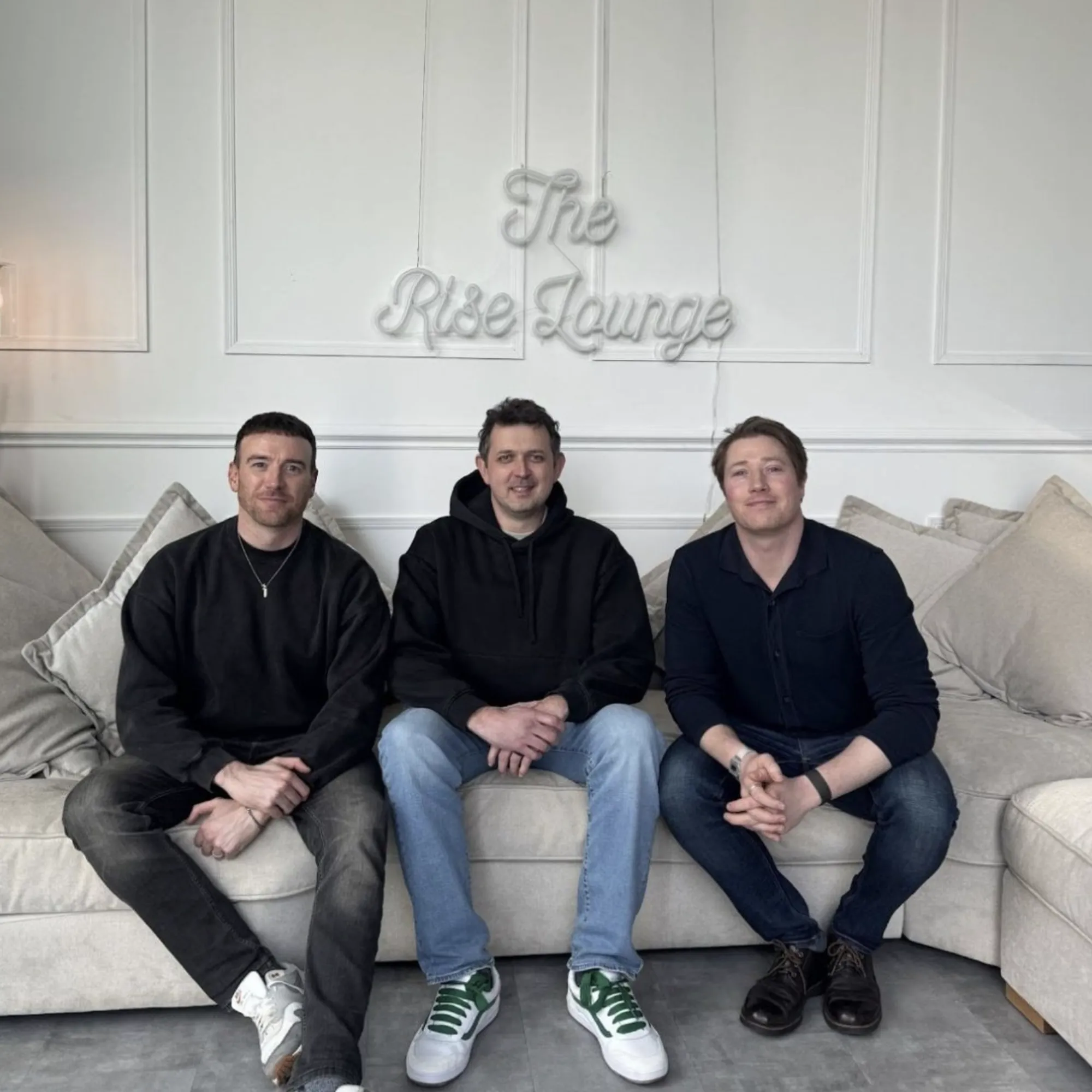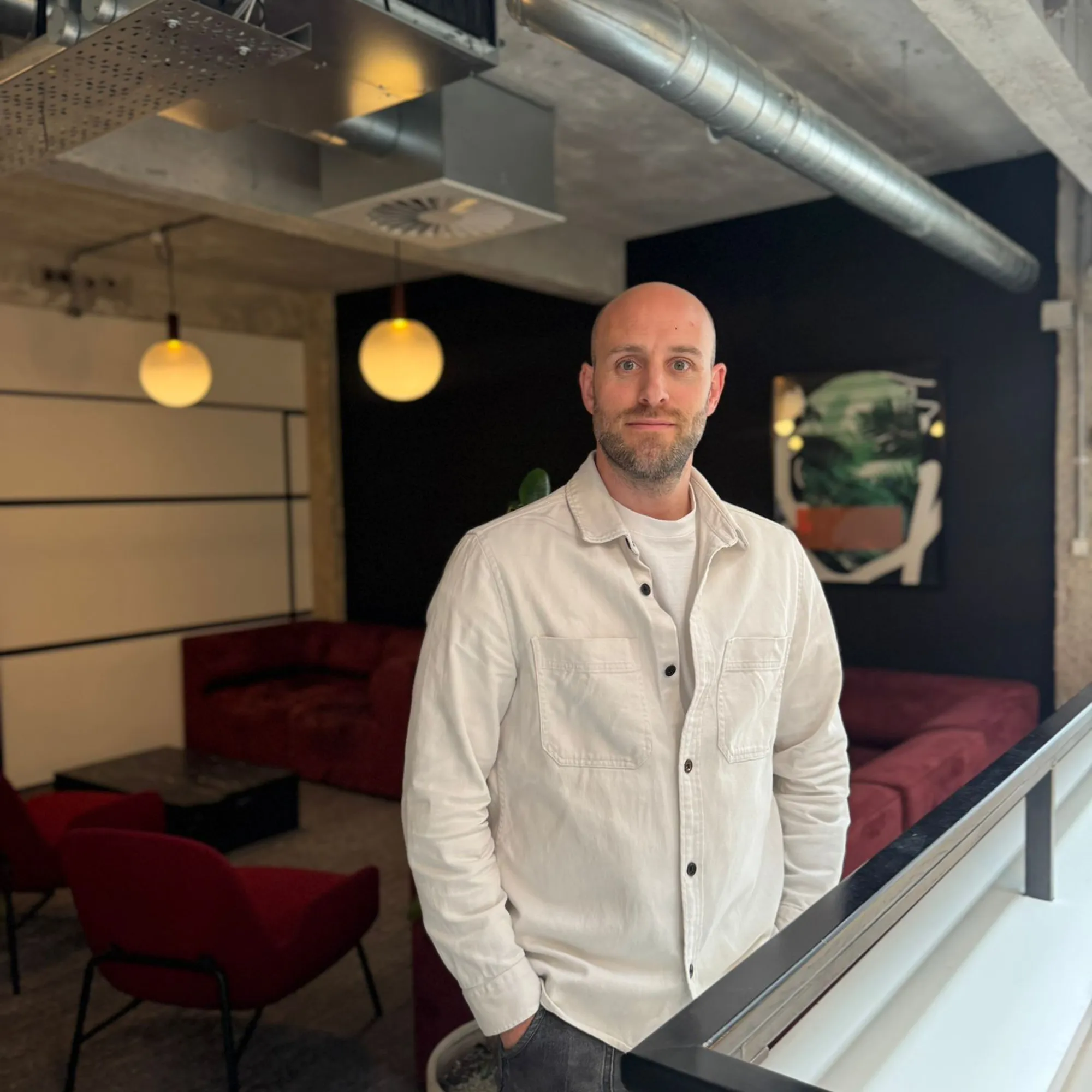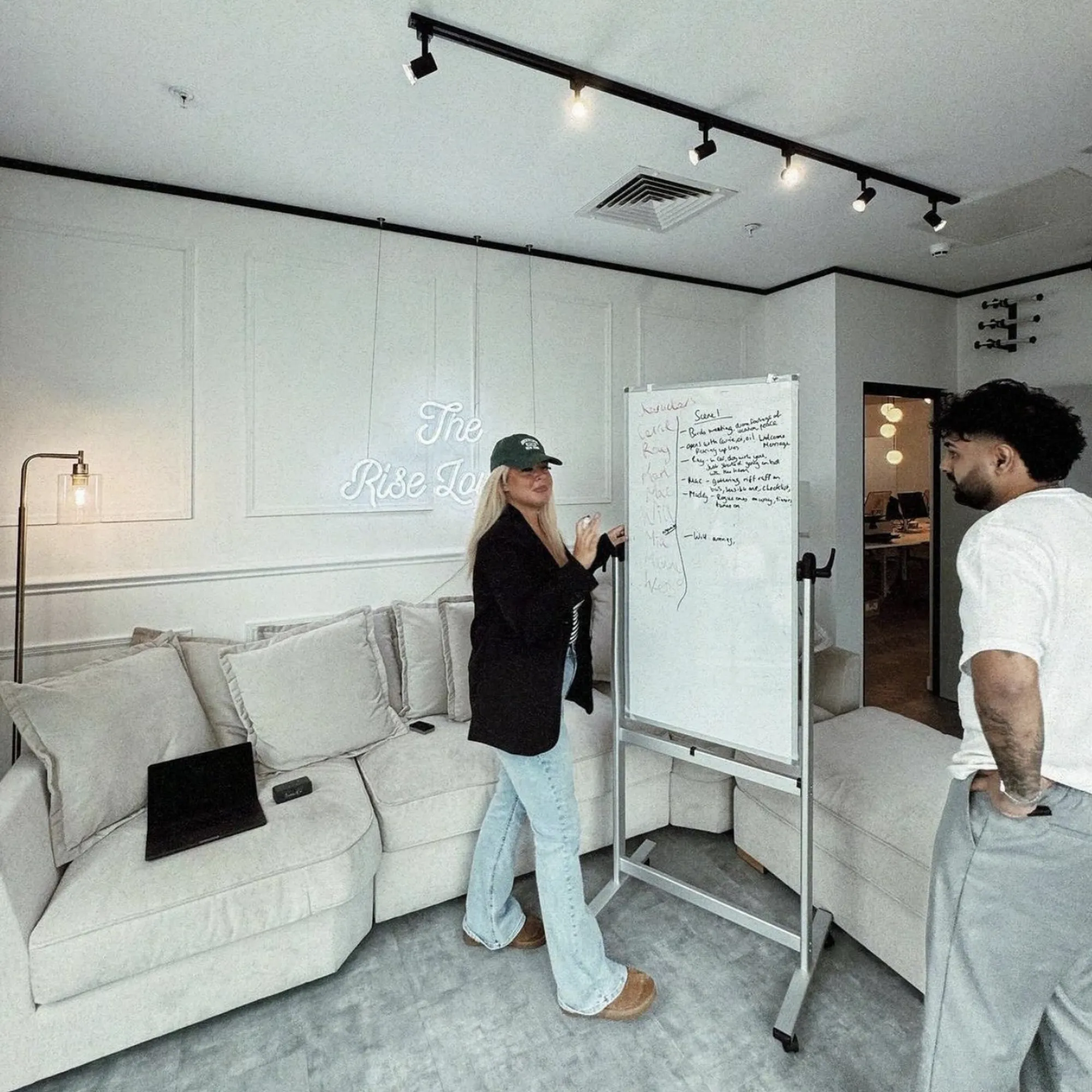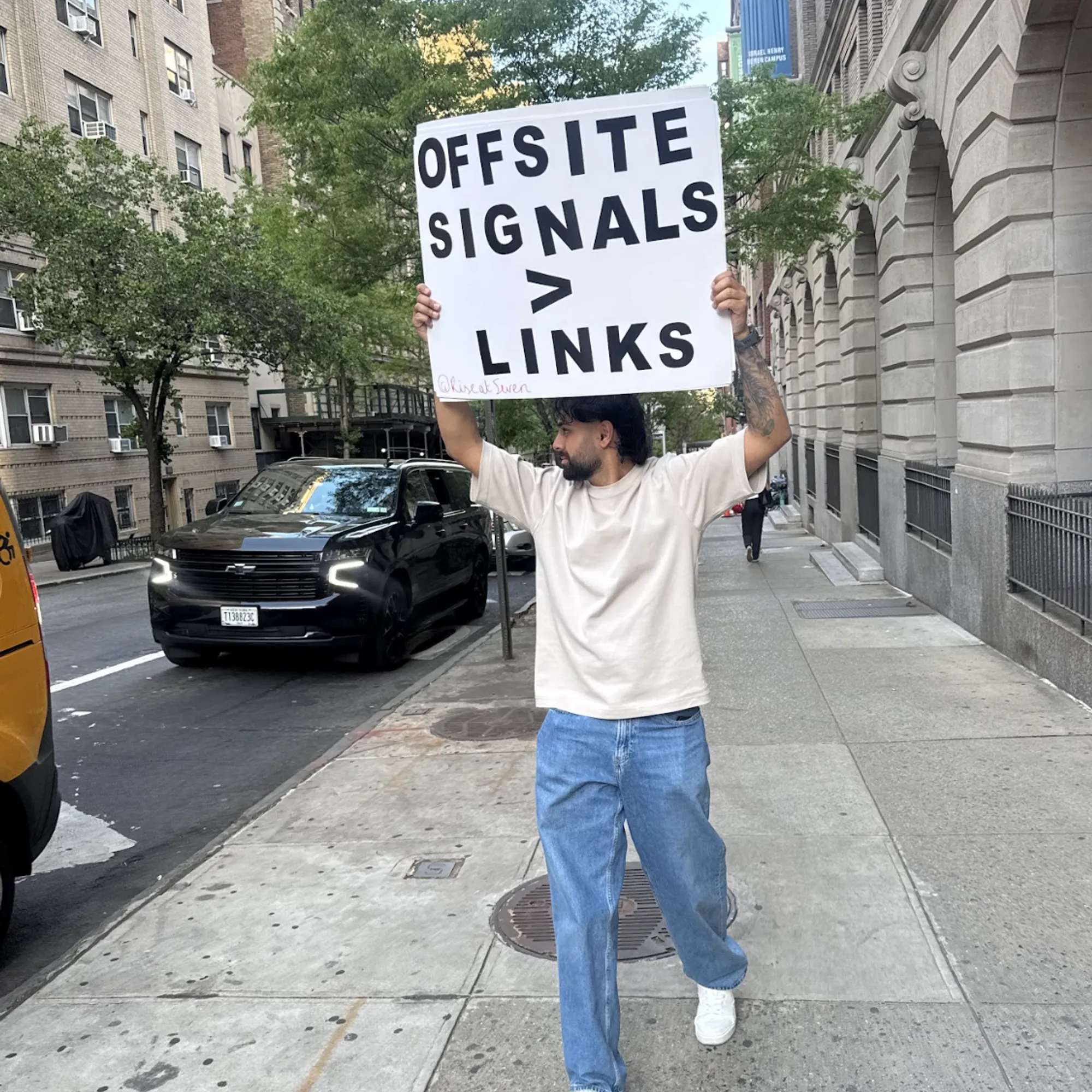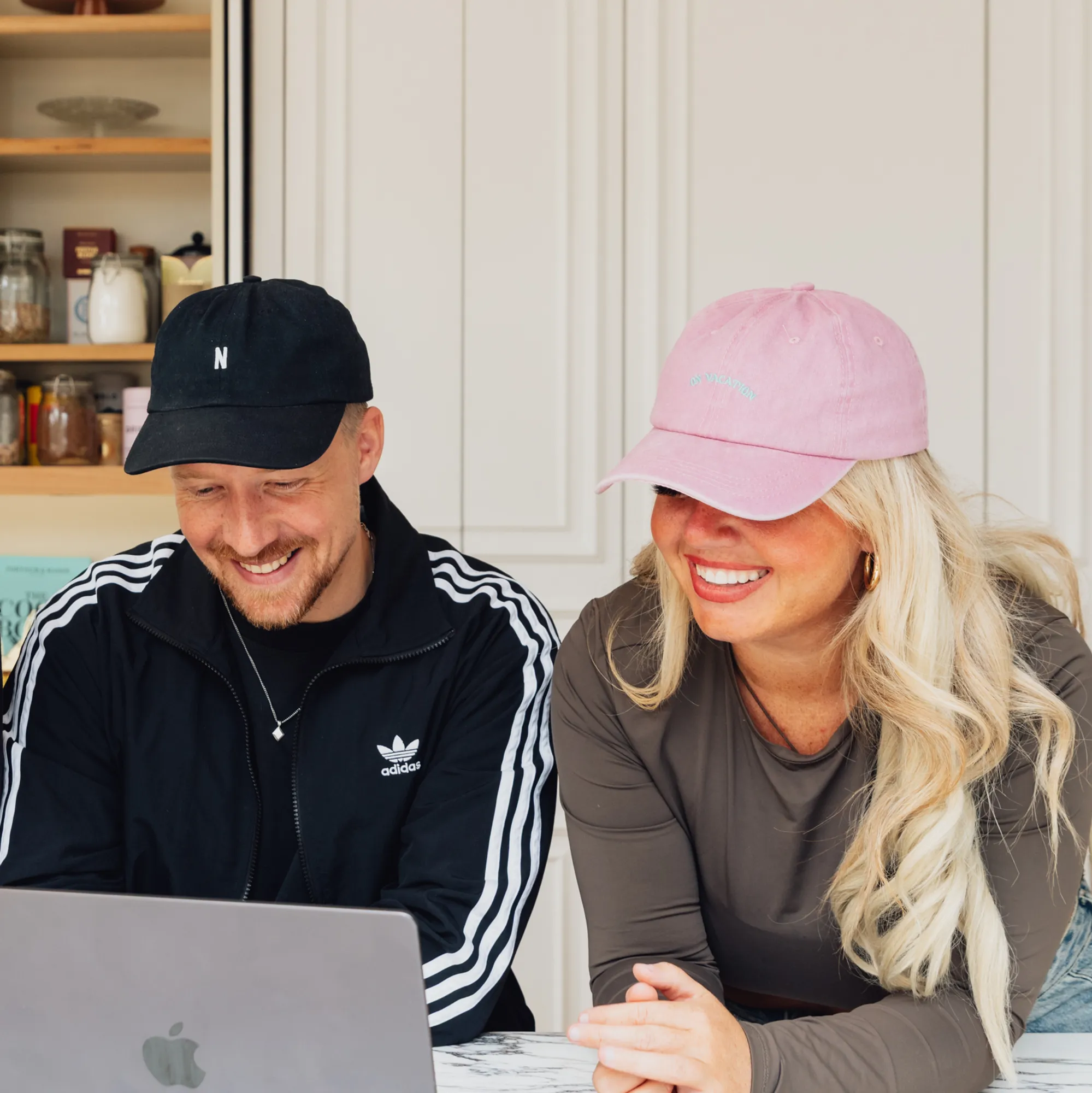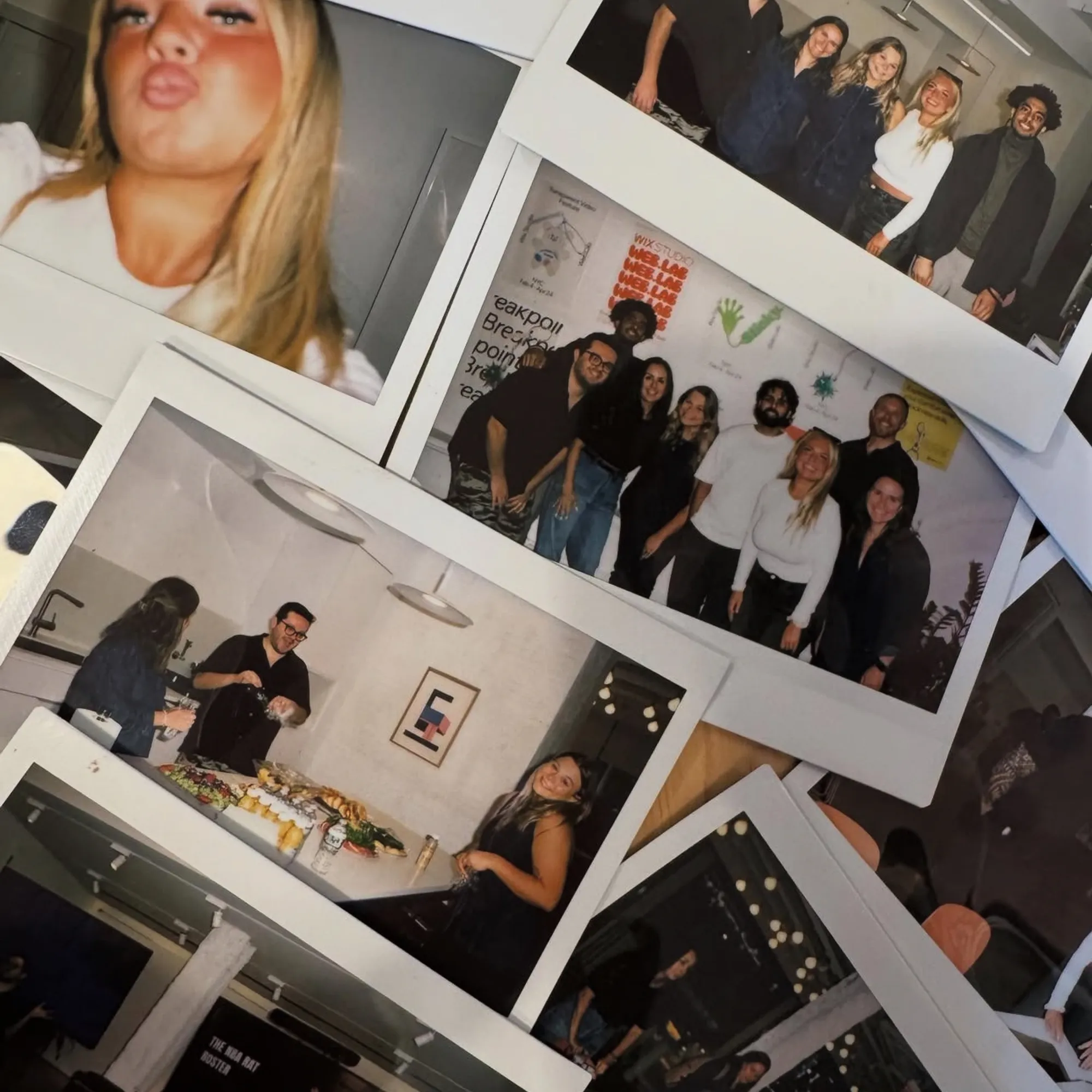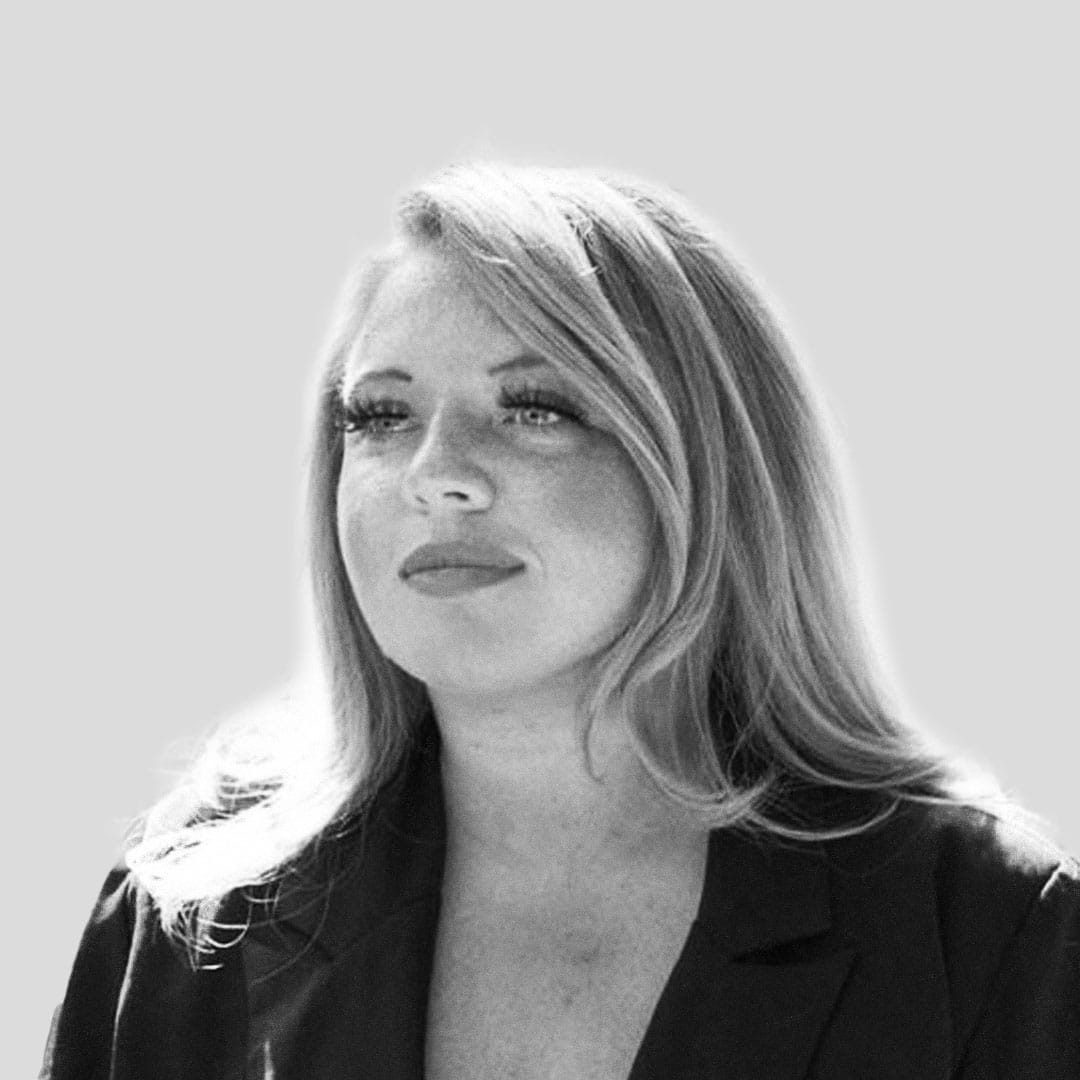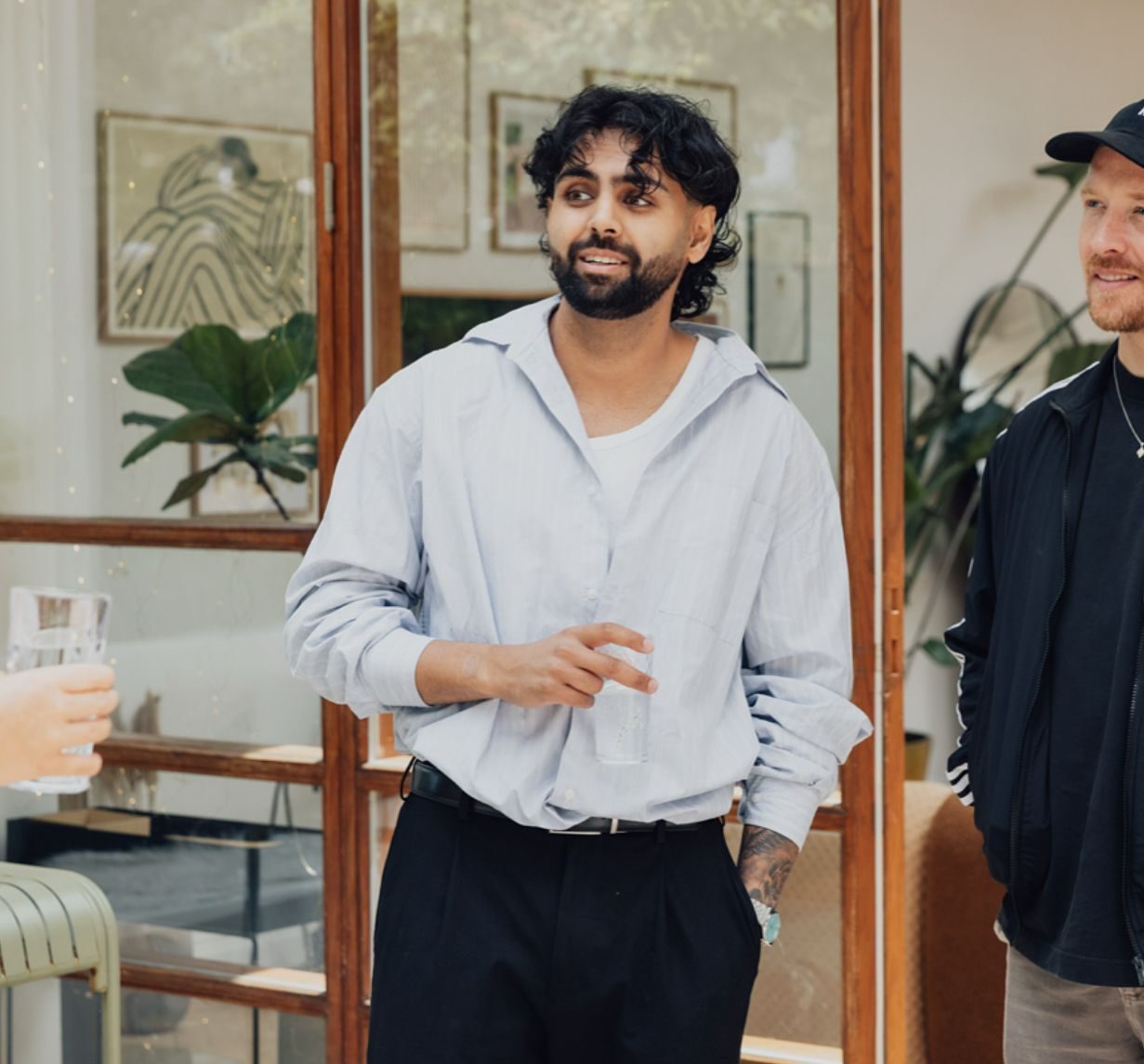A strong personal brand will improve your career opportunities by a factor of ten, and can quite literally change your life. Whether you are a graduate, working professional, or entrepreneur, personal branding will help you progress faster in whichever direction you desire.
I am a good example of how life-changing personal branding can be:
Earlier this year I *worked* for NHS Test and Trace whilst studying MSc Digital Marketing. I had lots of free time at Test and Trace and used it productively to apply for graduate jobs and build my personal brand. At the time, my job applications were falling on deaf ears due to lack of experience. But my personal brand was gaining traction and growing consistently.
After 9 months at Test and Trace, I was made redundant with only a few day’s notice.
I spent three days following redundancy applying for more graduate schemes but found the process tedious and unrewarding as many companies had outrageously long application processes and didn’t even acknowledge my application.
On the evening of my third day applying for jobs, I googled ‘Steven Bartlett’ for inspiration and spotted he had no Wikipedia page. I knew how to edit Wikipedia from previous work I’d done and knew that I’d been previously rejected from roles for my lack of writing experience. So, writing Steve’s Wikipedia page felt like a good way to gain writing experience whilst also creating a strong piece of content to share on my LinkedIn. The following morning, I woke up, wrote the page, and sent Steve a DM asking for permission to share the page on my LinkedIn.
Fortunately, within fifteen minutes of sending the message, Steve replied and publicly endorsed my effort on LinkedIn.
Steve’s post about me went viral and my career hasn’t been the same since. My personal brand exploded +500%, I was offered a different job nearly every day for months, and the story was featured in various newspapers and on the radio.
As a student, opportunities like mine are unheard of. But this is the power of personal branding. And this can happen to you.
What is a personal brand?
Your personal brand is your professional identity. Your personal brand is a way to project your best self to future employers, clients, or customers. In the professional world, your personal brand is how you will be perceived by those who do not know you personally.
Think about personal branding like this:
When you don’t know someone and want to find out who they are, what do you do?
You check their social media.
When professionals don’t know you and want to find out who you are, what do they do?
They check your social media, particularly LinkedIn.
Professionals love LinkedIn and your presence on the platform says a lot about you.
Students and graduates with personal brands appear ambitious, knowledgeable, and driven. Working professionals with personal brands position themselves as industry experts. Entrepreneurs with personal brands build the biggest and best businesses.
You may have noticed that in modern businesses, the entrepreneurs behind them (founders and CEO’s) have a greater social media presence than the business. For example, on LinkedIn:
- Ben Francis has 28% more followers than Gymshark
- Carrie Rose has 230% more followers than Rise at Seven
- Steven Bartlett has 1162% more followers than Social Chain.
If you wonder why people grow bigger than brands? The answer is because people prefer to interact with other people. People relate to other people more than brands. And people convey values and beliefs more sincerely than brands. On LinkedIn, you are the face of your own brand, portraying your own values and beliefs.
Why you should use LinkedIn
LinkedIn is the world's main professional networking site. Literally every professional besides Molly-Mae uses LinkedIn. And the number of new users on the platform continues to rise rapidly.
There are currently 756 million active users on LinkedIn. However, strangely, the number of content creators is staggeringly less than the total number of users. Only 3 million LinkedIn users share content every week. This means the 3 million users who create content regularly soak up all 1 billion monthly impressions. I’m not doing the math but it is quite obvious that Linkedin is one of the least saturated social media platforms, which makes it the best place to start building your personal brand.
Another reason to start building your personal brand on LinkedIn is the community. Because LinkedIn is a professional networking platform, people tend to act more professionally. Also because LinkedIn profiles display the user’s employer, everyone can be held accountable for their words. Consequently, LinkedIn users are more supportive and positive than users on any other social networking site. Very rarely do you see anyone saying something negative about another person or post on LinkedIn. You occasionally see a 40-year-old bloke commenting his fantasies under a women’s photo but that’s about as bad as it gets.
"I don't know if I am professional enough to use LinkedIn."
Don’t worry. No one is. We all just showcase our best self; the self we want professionals to perceive us as.
How to create content for LinkedIn
Before you create any content you should write down an aim for your personal brand. Consider what it is exactly you want to achieve by personal branding. For example, a student would start personal branding to get noticed by future employers.
You should also align your personal brand content with your interests because you are naturally more inclined to create content around a subject you find interesting. Many personal branding experts suggest creating content pillars to keep your content on brand. Content pillars are jargon for topics you want to talk about. It is recommended you pick three broad topics you want to talk about to guide your entire content strategy.
Generally, most LinkedIn posts can be pigeon-holed into one of the following categories:
- News
- Knowledge
- Experiences
- Achievements
- Stories
- Wisdom
- Inspiration
If you have created content that does not fit any of these categories, share it anyway! The best way to learn how to create good content is to start creating content. As you continue to create content, you will notice which posts perform better than others.
PRO TIP: Visually appealing content works very well on LinkedIn.
How often to post
There is no upper or lower bound for how much content you should share. Posting daily is ideal but can be tough to maintain. If you post a few times each week, you should try to post on the same days every week for consistency.
There is no pressure to post, though. The debate surrounding quantity/quality of content goes on forever. I support the argument that quantity drives quality. If you post as much as you can then will figure out an optimal posting pattern as time goes on.
Where to find content inspiration
Literally, anywhere. Sources of inspiration vary depending on your industry, though.
I recommend making a bookmarks folder in your browser to save relevant industry publications, similar to my list shown here.
As you read more about your industry, you will find your brain suddenly starts firing off ideas for things to post about.
You should also start to follow relevant influencers and established creators. Generally, influencer posts are considered good content. If an influencer talks about a topic that interests you, then make sure you talk about that topic too!
How to build a buzz around your personal brand
- Stay active.
As you spend more time on the platform you will develop a keen eye for spotting trends. When you jump on a trend at the right time your post will pop off.
- Engage meaningfully.
Try not to just comment with emojis. Try to add value with your comments and prompt the original poster or other users to reply.
- Be consistent.
Post at similar times so users know when to expect your content. If users can predict when you will post, they are more likely to be active to engage with it.
- Test different types of content and iterate the best.
This is the only way you will discover what works and what doesn’t. When your post is well received, analyse factors that made it be well received. E.G., Content-topic? Content-type? Emotional sentiment? Tone of voice? There are too many factors that cause content to perform better and worse. Over time you will figure out what works and what doesn’t. Then this will begin to show in your engagement.
- Put effort into it.
You get out what you put in. The best content takes time to create. The more time you invest the better the return will be.
- Talk trends
Do you read the news or industry press? There is something interesting happening in your industry every day. Everyone talks about something all the time. Find out what people are talking about and share your opinion. People naturally engage with trends.
- Stay organised.
It is nice to have post ideas pre-prepared. It is even nicer to have posts scheduled. You can rely on free content scheduling tools, like buffer, to automatically upload content for you. This helps massively when you have a busy schedule.
- Stand on the shoulders of giants.
Remember earlier in this article when I recommended following influencers and established creators? I cannot emphasize the importance of this enough. One social media interaction with a giant can propel your personal brand to the next level. If you can do something to get a giant’s attention, you can stand on their shoulders and reach entirely new heights.
If you’ve read this far down, thank you!
Personal branding is no easy feat. One thing to remember is that everyone starts somewhere. My first post was terrible. My second post probably wasn’t much better. But my 100th post was definitely better than my first and second. And that’s the point. You get better the more you do.
If you found this helpful, be sure to let me know on LinkedIn!

